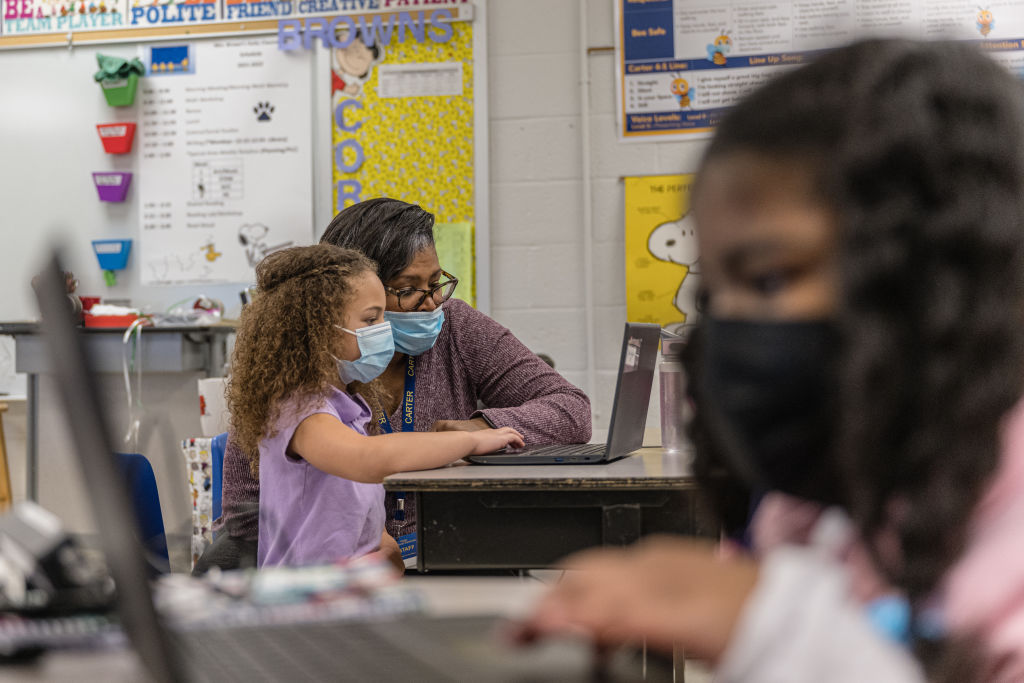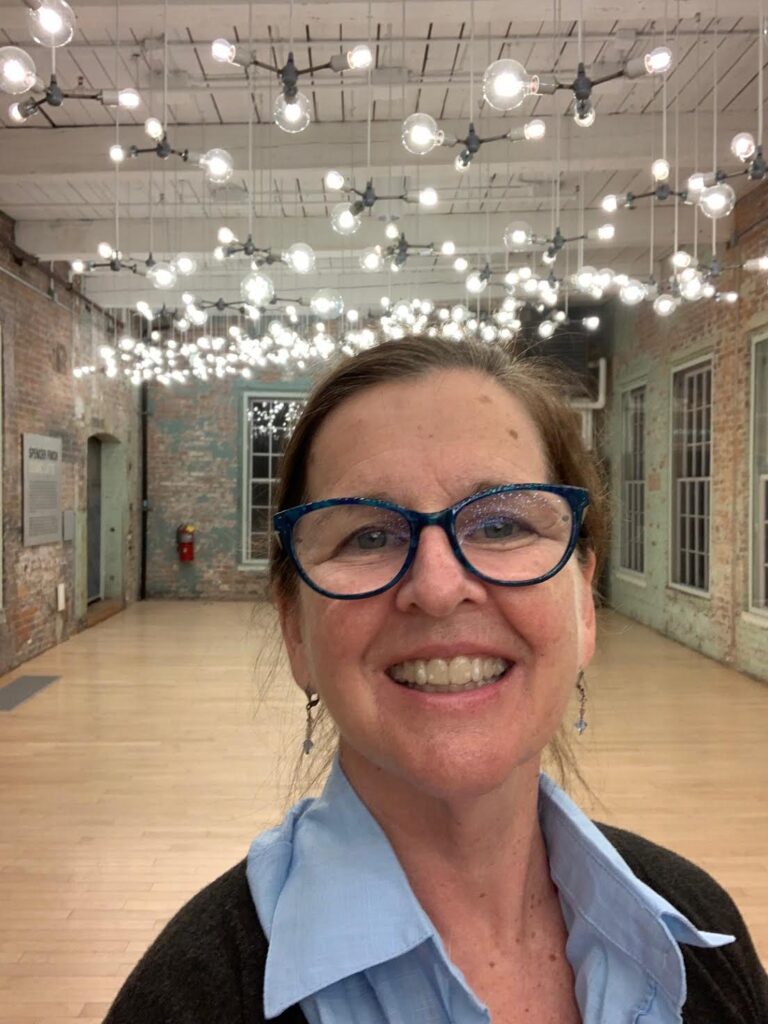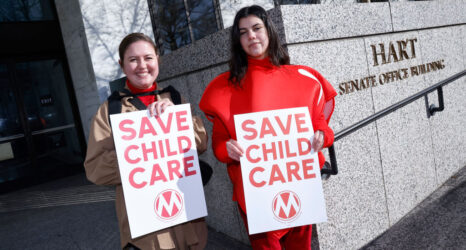
When you picked your child up from school today, who handed them off to you? When you rushed into your local cafe, who made your latte? When you received multiple doses of the COVID-19 vaccine, who stuck the needle in your arm and promptly covered it with a bandage? My guess—a woman.
Just under 2 million women in the U.S. have been driven out of the workforce since the onset of the pandemic. But what about the women who stayed?
One in three jobs held by women has been deemed as essential, and nearly 52 percent of all essential workers are women—putting women in the U.S. on the frontlines of the coronavirus outbreak. These women workers performed necessary jobs, helping feed, heal and educate their fellow Americans in essential industries like education, food service and healthcare.
The interviews that follow tell the stories of three women in Northampton, Mass., who maintained significant roles in the workforce throughout the pandemic—one in an elementary school; another as a nurse at the major hospital; and the last as a restaurant manager. Their stories reveal the complexities of working in a pandemic, the ways in which gender and ‘essential’ work are inextricably linked, and the significance of women’s labor.
Roxanne Nieman: “The Teachers Who Went Back in Right Away … Are the Definition of Frontline Workers”

Roxanne Nieman has been a fifth grade teacher at Leeds Elementary in Northampton, Mass., for 24 years. She knows the elementary education is overwhelmingly led by women, who continue to show up amidst the pandemic. Nationwide, 75 percent of all elementary school teachers are women—but Nieman estimates 98 percent of Leeds teachers and support staff are women.
“The teachers who went back in right away, with gloves, KN95s, and disinfectant spray, were mostly women. They are the definition of frontline workers,” Nieman said.
“Our work nearly doubled—but our pay didn’t. Our recognition certainly did not double either,” she continued. “I definitely think that teachers are essential workers, now more than ever. With so many children falling behind right now, their well-being is at the forefront of our minds. These kids are our future and those picking up the pieces are primarily and overwhelmingly women.”
Rebecca Hahn: “Woman Bartenders, Woman Servers—It’s All Women”


Women hold over 60 percent of food service positions in the United States. Rebecca Hahn, general manager of the Woodstar Cafe in downtown Northampton, says food service work is not only primarily women’s work—but is also severely undervalued.
“The staff at Woodstar has always tended toward women. When I go out into the world, to other local restaurants, most of the people working are women. Woman bartenders, woman servers—it’s all women,” Hahn said.
With food service workers notoriously mistreated by customers, it’s no surprise more than 15 percent have left the industry in the past year. Hahn admits she’s cried on multiple occasions due to disrespect from customers.
“People, women specifically, who work in the food service industry are always just pushed around,” Hahn said. “And now on top of your rudeness, you won’t even recognize that I’m risking my safety to make a drink for you? It’s incredibly disheartening.”
Rebecca Gregor: “Social Inequities Make Women Leave the Workforce”
The raw images of doctors and nurses suited up in medical garb, masks, gloves and face shields will forever burn on the collective U.S. consciousness. The image is also inherently gendered, as women make up 76 percent of U.S. healthcare positions.
Physician assistant Rebecca Gregor has worked in the emergency room of Mercy Medical Center in Springfield, Mass., for six years. During the initial surge of COVID-19 in March 2020, Gregor remembers being jealous of people not in the medical field, but she knows her work is vital.
Gregor says many more women than men work in her field, and that “the only women who are leaving the workforce are doing it out of necessity,” citing family needs like childcare.
“Social inequities make women leave the workforce,” she said. “That’s what the headlines should say.”
While many women did leave the workforce amidst the COVID-19 pandemic, they’re not the whole story. Still others had no choice but to remain.
These women in the workforce became an integral part of the U.S.’s ability to survive the pandemic. The critical nature of education and childcare, food and customer service, and healthcare was only made more clear during COVID.
“We’re only essential when it’s convenient,” said Hahn. “When the rest of the community can benefit from us being essential, we’re essential, but otherwise we are not paid a thought. Women are silenced and spoken over and we are just done putting up with it.”
Up next:





